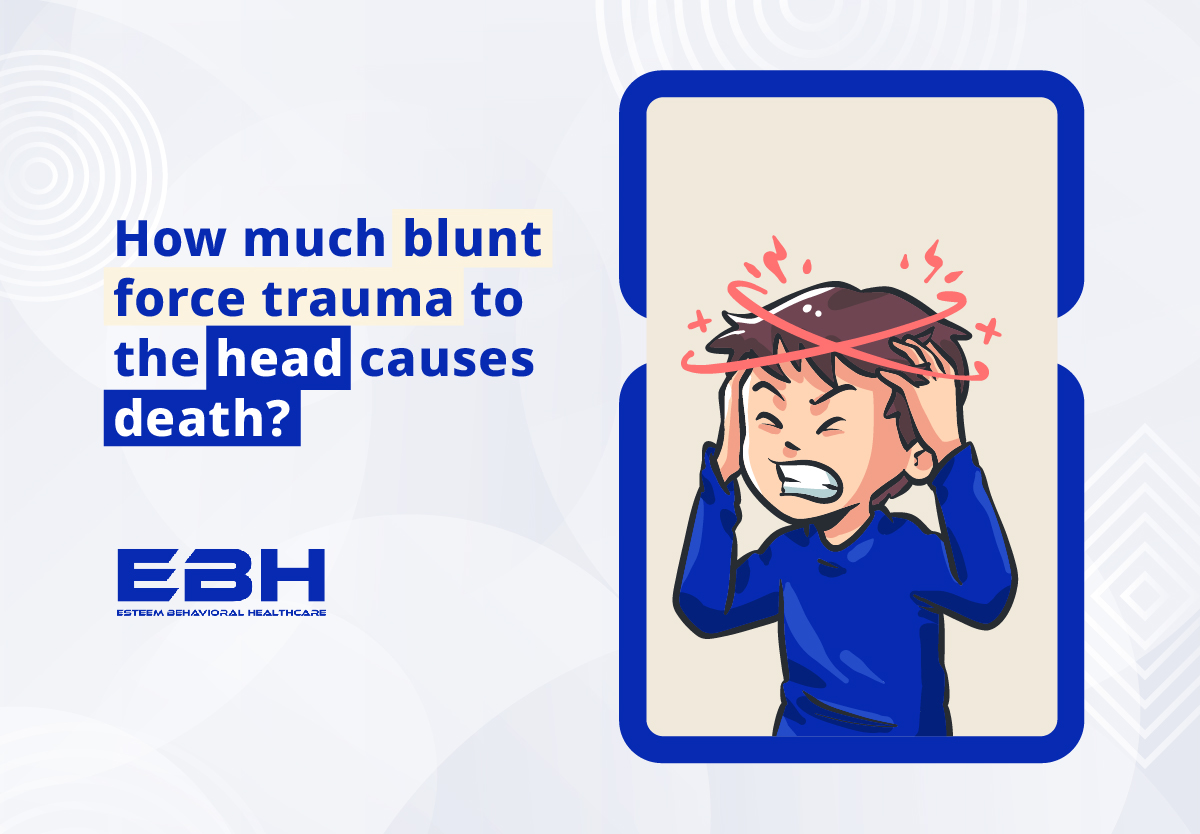Head injuries can be serious. The head’s vulnerability to injury is a major concern because of its key part in our health.
While medical terminology talks about hard blows to the head, the seriousness of these injuries goes beyond words.
They can lead from small bumps that get better over time to big changes in life.
Knowing the complexities, limits, and ways to stop brain injuries is super important not only for athletes and doctors but for all of us.
This information can encourage an active plan in guarding one of our most important body parts.
Introduction to Blunt Force Trauma and Its Prevalence in Head Injuries
Blunt force trauma is simply a hit from something that isn’t sharp. The head often bears the most impact in accidents and assaults.
Emergency rooms see these kinds of injuries a lot, making up a big percentage of yearly visits.
Whether it’s falls, car crashes, sports or even violent acts, they lead to such injuries.
This has a big effect on people and healthcare services.
The Mechanics Behind Blunt Force Trauma to the Head
The skull, a strong structurel, works like a helmet. It guards the brain, soaking up and dispersing hits.
This defense is critical to avoid injuring your brain. Yet, when the hit is too strong for the shield to withstand, it may lead to brain damage.
This could range from gentle bumps to grave trauma. It depends on how hard, where, and in what direction the hit came.
Knowing this can help lessen the harm from head injuries and create ways to stop them.
Understanding the Threshold: How Much Blunt Force Trauma to the Head Causes Death
Our brain’s vulnerability to harm can change, shaped by things like how old we are, our well-being, and unique bodily differences.
From a science perspective, it’s believed that impacts surpassing 80-100 g (a measurement of force) can result in serious and deadly brain damage.
To paint a picture, a professional boxer’s hit can pack more than 50 g.
This highlights how close we can be to a bearable bump and a possibly life-threatening one.
The Spectrum of Head Injuries, from Mild to Severe
From slight bumps causing headaches and brief bewilderment, to grave brain trauma resulting in enduring unconsciousness, memory loss, and potentially fatal, head injuries vary greatly.
The aftermath is never straightforward. It’s shaped by immediate medical response, recovery efforts, and the strength of the individual.
Case Studies and Statistics on the Relationship Between Blunt Force Trauma and Death
Traumatic brain injuries (TBIs) account for roughly a third of all injury-related deaths in the U.S.
Various real-life stories show how lives change in an instant, covering everyone from budding athletes to laborers.
These stories underline the erratic nature of direct head injuries.
Preventive Measures and Safety Tips to Reduce the Risk of Head Injuries
It’s vital to take care. Wearing helmets while playing sports, securing homes to avoid falls, and sticking to workplace safety rules greatly cuts down the chances of head injuries.
Learning about concussion and traumatic brain injury (TBI) signs is crucial for quick and appropriate reactions to these types of injuries.
Understanding warning signs like a headache, feeling confused, being unsteady, nausea, or reacting to light and sound aids in taking quick action and finding the right medical help.
Remaining knowledgeable and alert to these indicators assists in prompt and effective aid with concussions and TBIs.
Seeking Medical Help and Promoting Head Injury Awareness
Head injuries need serious attention. Seek immediate medical assistance if you sustain a head injury.
Don’t risk it, get help right away. Overlooking head injuries can cause bad outcomes, such as permanent brain damage.
Workplaces should be aware of head injury risks too. If coworkers stick to safety rules and know about concussion and TBI symptoms, injuries can be prevented.
This helps everyone and creates a safer, more efficient work environment.
Prevention is always better than cure when it comes to head injuries.
For more information and resources, reach out to us at Esteem Behavioral Healthcare.


No comment